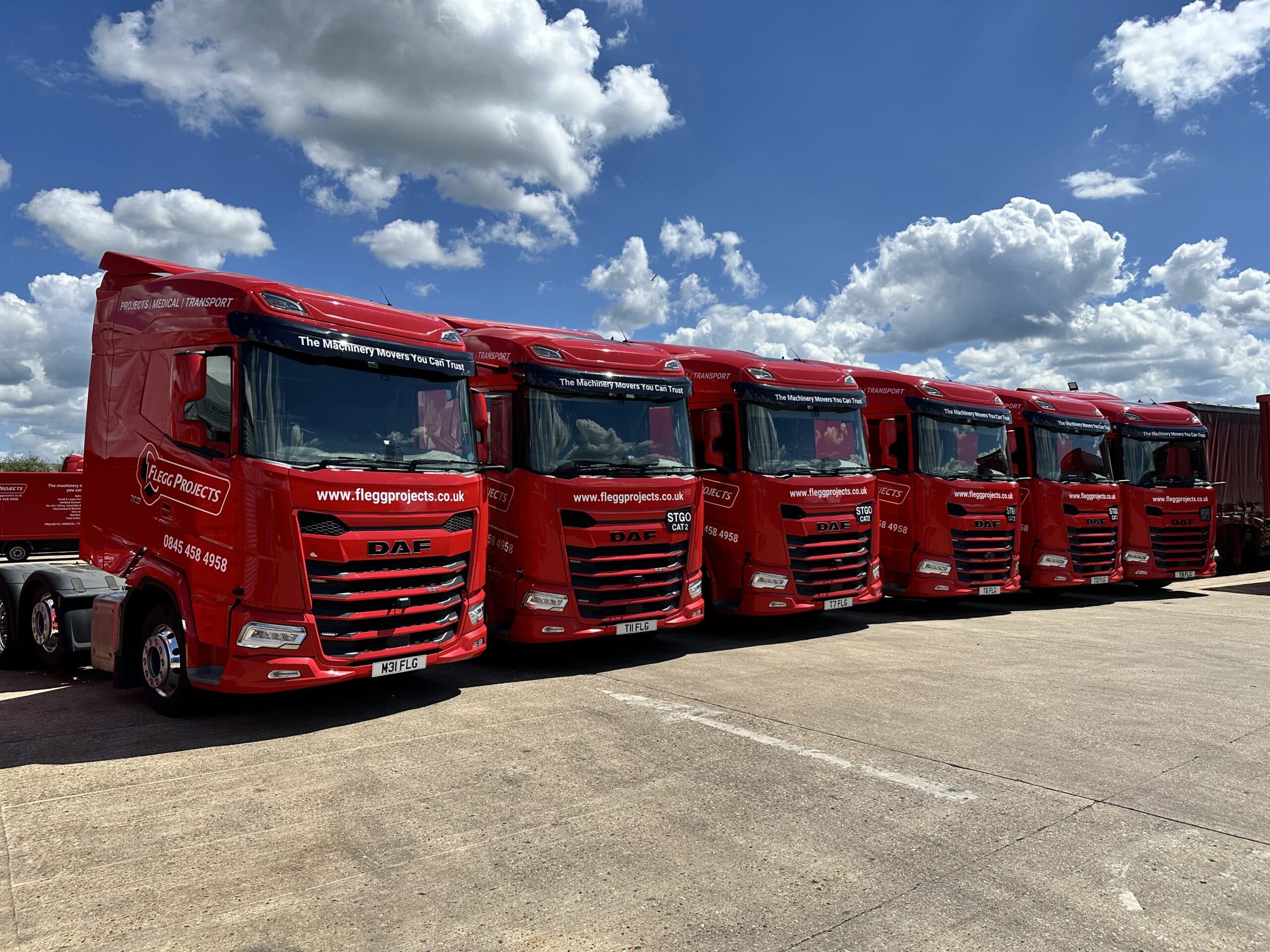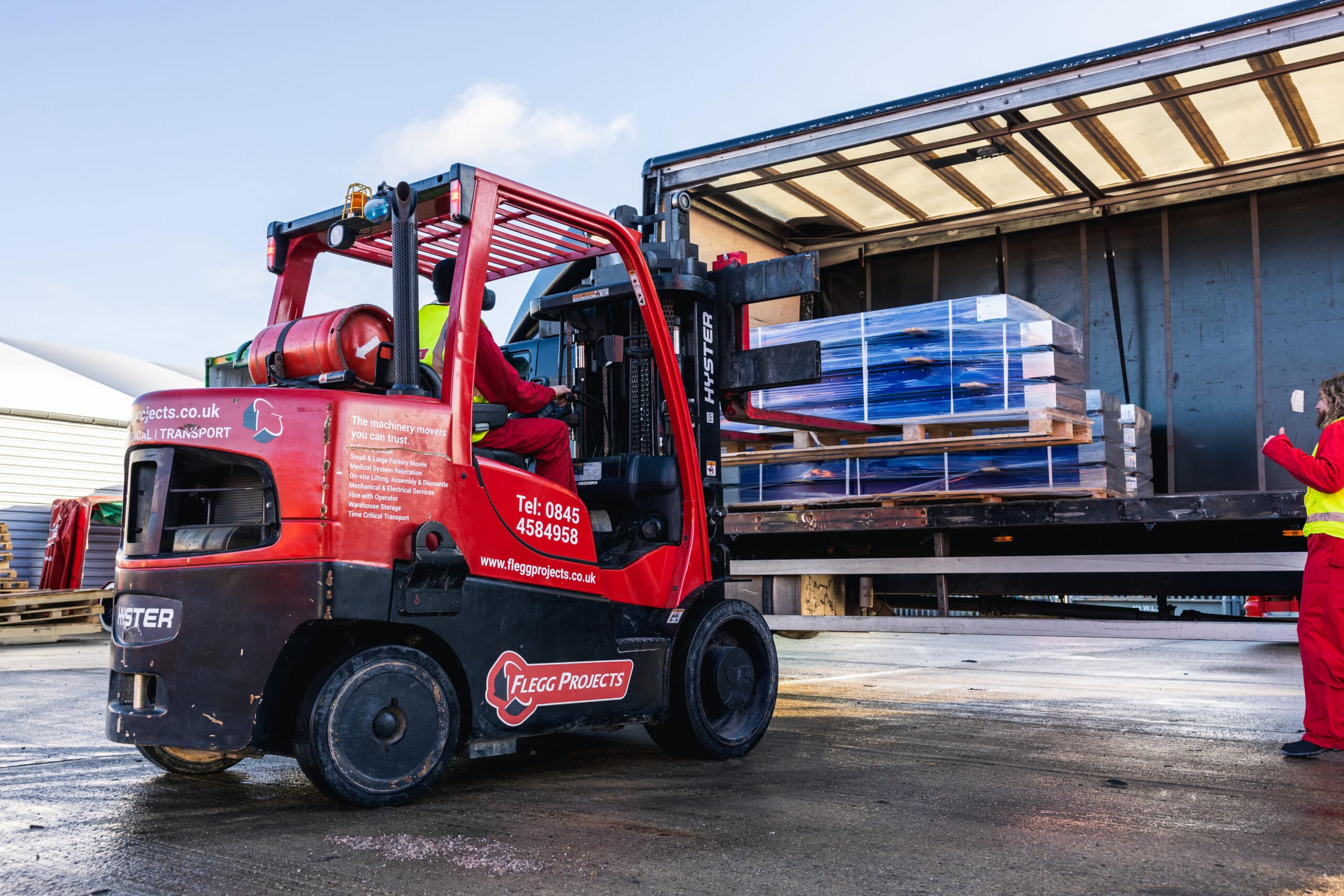Cross-docking and storage explained: what is it and how can it support your business?
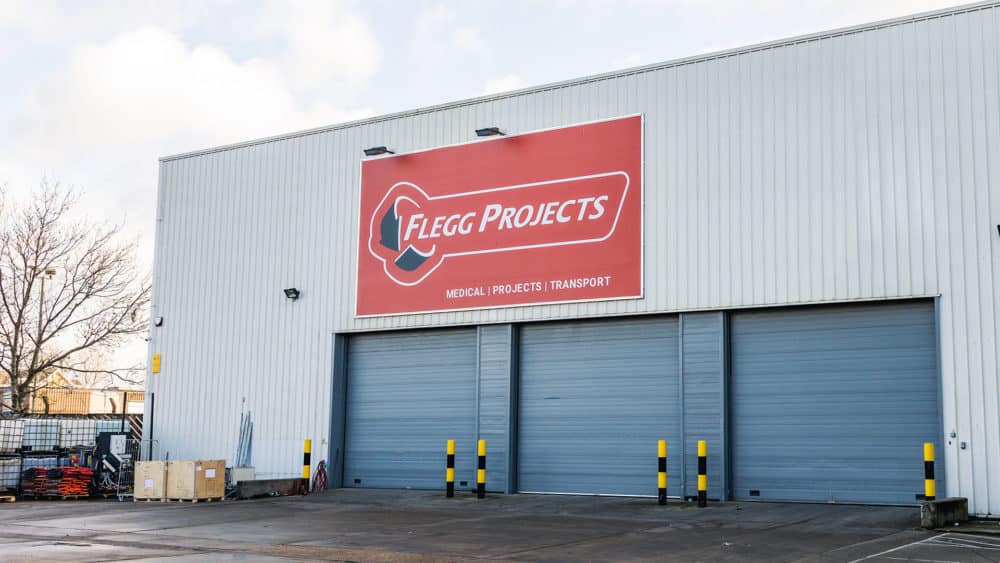
At Flegg Projects, we take great pride in providing specialist services in the machinery moving industry. One of the services we provide is cross-docking, a managed solution that provides safety, quality and efficiency in the movement of heavy machinery and equipment.
What is cross-docking and storage?
Cross-docking provides companies with a managed solution to co-ordinate the movement of machinery and heavy equipment. In the cross-docking process, a specialist cross-docking facility can oversee all aspects of a move to create a system that is efficient and causes minimal disruption.
Cross-docking companies can include whole project management or just certain stages of a move, with project planning, experienced crew, lifting equipment and transportation all included in the service. Additionally, one of the main advantages of cross-docking is the ability to safely store freight at a specialist warehouse for as long as needed.
In essence, cross-docking provides a managed end-to-end solution for companies needing to move heavy machinery or requiring heavy machinery storage. It is particularly suited for factory relocations or medical system relocations, where greater planning and attention to detail is required.
How does the cross-docking process work?
There are several stages in the movement of heavy machinery, and each stage will require careful planning and execution to maintain the quality and safety of a move. As well adequately planning for each stage, cross-docking services will consider the whole project, co-ordinating each stage to align with the next to ensure there are minimal disruptions.
Planning
Site surveys and risk assessments can take place at both the collection and receiving sites to plan a move in detail and ensure safety precautions are met. This can include completing necessary paperwork, securing insurance and arranging specialist transportation.
Collection
Skilled crew and lifting equipment to be on site when required to oversee the disassembly of machinery and safely transport the freight into storage or deliver to the receiving site.
Storage
Delivery of the machinery to a secure, cross-docking warehouse that contains the correct lifting equipment to safely store machines for as long as is required.
Delivery
Transportation to safely deliver the freight to the receiving site, with experienced crew and lifting equipment on-site to deliver and install the machinery.
What are the pros and cons of using cross-docking and storage services?
Cross-docking can provide a range of business benefits – from the expertise of working with a specialist in machinery moving, to the storage solutions, safety and efficiency of a move.
Some of the main advantages include:
A managed solution
Experts in machinery moving will co-ordinate and oversee all or part of a move, ensuring it runs as smoothly, safely and efficiently as possible. They will liaise with each party to ensure the various stages align, and arrange crew, lifting equipment and transportation to fulfil the job in a safe and timely manner..
Short or long-term storage
Finding storage units for heavy machinery can be challenging. Machinery movers can safely store freight in a dedicated warehouse should any delays or disruptions occur. All the crew and specialist lifting equipment required to safely move the machinery into storage are included in the service.
Safety and care
Cross-docking provides minimal handling of freight by one company, ensuring your valuable assets are taken care of as safely as possible. Site surveys, risk assessments, specialist packing and extensive protocols prevent damage and injury, with completion of paperwork part of the service.
Skills and expertise
When you choose a specialist cross-docking service, you will have a team of highly skilled staff to effectively oversee a move, with project managers and various skilled crew to deliver a move that prioritises safety. complete sites or business units.
Management of complex projects
The reality of moving machinery is complex, and not every move is straightforward, particularly in urban areas, or where there are multiple components or delays in the chain. Machinery movers can oversee complex moves that require a greater level of planning and detail.
Flexibility
The cross-docking process allows for greater flexibility in a move, with a system that can respond to last-minute delays or changes-in-plan with minimal disruption. Choosing an expert machine mover guarantees a more responsive and reactive service.
on.
Cost efficiency
Cross-docking isn’t necessarily the cheapest way to manage a move, and some companies may promise to do things cheaper. However, mistakes can be costly, and choosing a specialist in machinery moving helps to minimise delays and disruptions and reduces the risk of damage and injury.
Enhanced visibility and communication
The effective management of a move helps to create a more transparent process. A cross-docking service can act as a go-between, providing good communication throughout a project to ensure everything aligns and streamline the process.
In addition to some of the benefits, it’s helpful to understand some of the cons of cross-docking (or more accurately, some of the considerations):
Cost
As cross-docking is a managed solution, it isn’t the cheapest strategy on the market. It may seem tempting to oversee a move yourself, or find a cheaper alternative, but mistakes can be costly, and a job may end up being much more expensive if equipment is damaged, there’s an injury or unnecessary mistakes or disruptions occur.
Simplicity of the move
For more straightforward jobs, using a managed service may not seem necessary. Whilst this may be true in some instances, we would also recommend using an expert in machinery moving who can provide skilled crew and state-of-the-art equipment to ensure the safe and smooth running of a move.
Why Flegg Projects?
Flegg Projects has nearly 50 years’ experience in the movement of heavy machinery. We are a family business at heart, offering us greater flexibility in the way we work, however our skills and expertise make us one of the leaders in machinery moving in the UK.
Our facility is based in Aylesbury, Buckinghamshire, and we work throughout the UK and globally. We have a skilled and knowledgeable workforce who can tackle even the most challenging of projects, with our own in-house engineers and lifting equipment to ensure the quality of the work we do.
If you choose to work with us, we can provide cross-docking solutions that support you right from the initial concept through to the execution of the move itself.
Safety is integral to our business, and we will conduct site surveys and risk assessments, troubleshoot complications, and ensure a move is safe, efficient and as straightforward as we can make it. We like to think that we take on the projects that others may be wary of.
We enjoy the challenge of finding solutions to problems, and our knowledge and experience equip us with the best tools to deliver on complex projects.
Cross-docking in action – a case study
The challenge
We were asked to provide installation support for a large 5-axis routing machine by one of our regular customers. We quoted to provide lifting crew and equipment at the receiving site to offload the machine from transport, move it into the factory and assist with assembly. However, there were delays at the receiving site and temporary storage of the machine was required.
The solution
We arranged for the machinery to be delivered and stored at our Aylesbury warehouse, providing transport, crew and equipment to facilitate the move. We safely stored the machine until delivery could take place, and co-ordinated the final move from our warehouse to the receiving site, providing specialist transport, crew and lifting equipment to deliver and assemble the machine.
The result
We worked closely with both our customer and the receiving site to provide a solution that worked for both parties, and within their required timelines. We offered full transparency in pricing and effective communication throughout. We arranged specialist transport where required and were able to provide our own crew and lifting equipment from our in-house team for each stage of the move.
Read more about this case study.
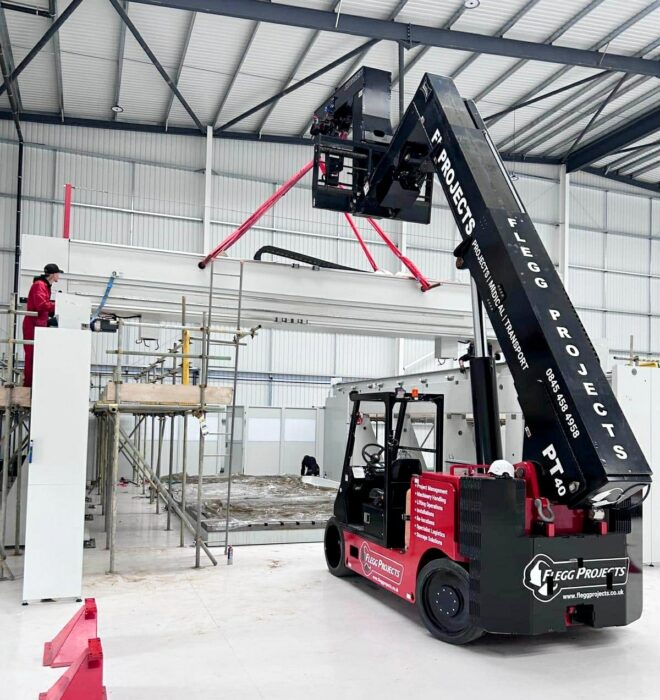
Ready to find out more?
At Flegg Projects, our aim is to provide specialist services in machinery moving, providing a safe and quality service, no matter how complex the project. We offer a range of different services to meet your business needs, including cross-docking solutions and storage.
Reach out to our team to discover how we can support you – you can call us on 01296 630234, email us at info@fleggprojects.co.uk or utilise our useful call-back system.
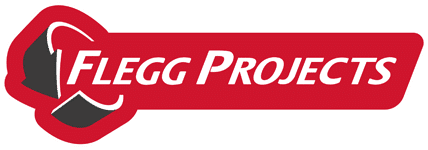
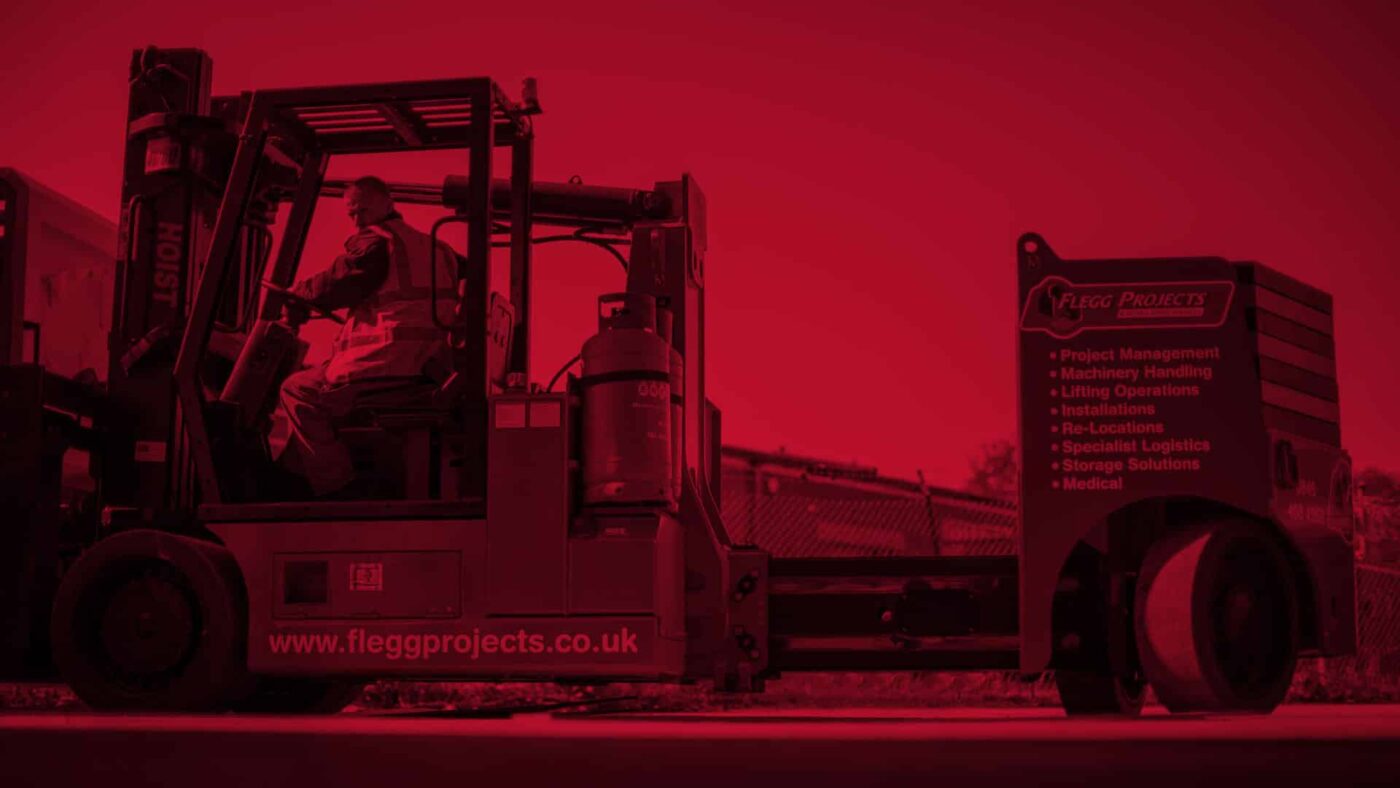 The expertise you expect
The expertise you expect
